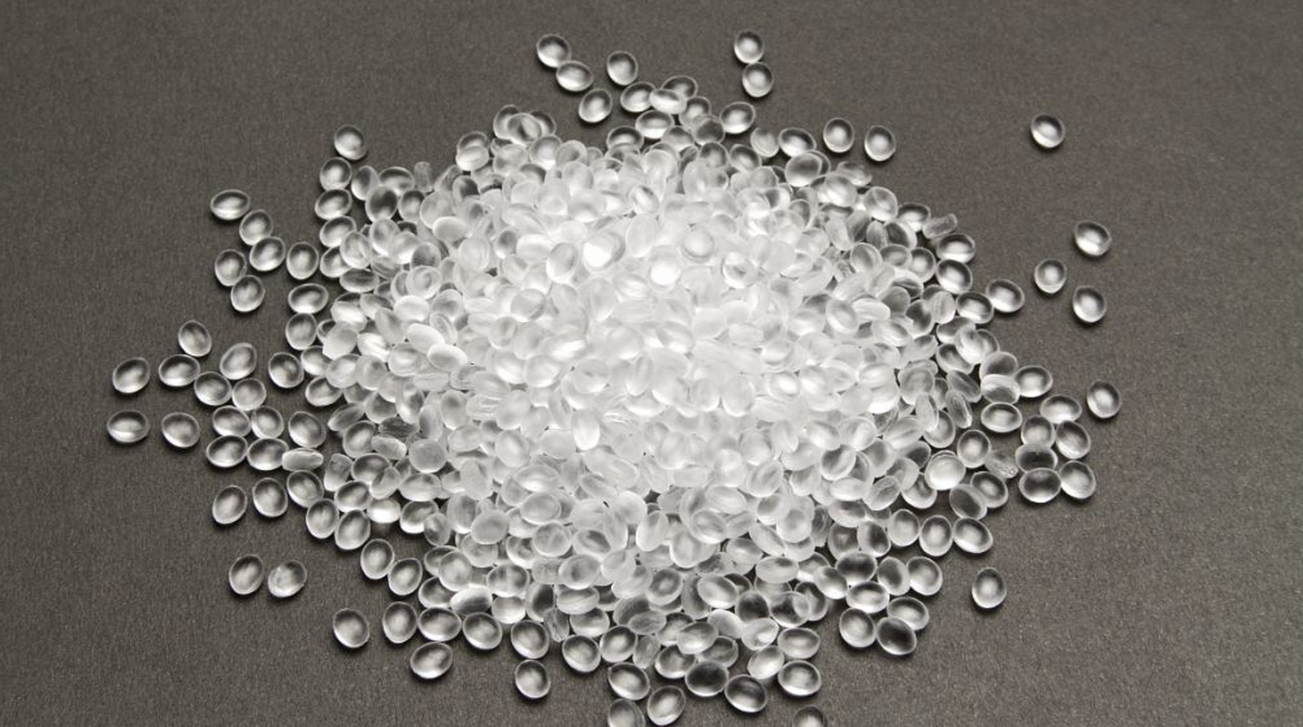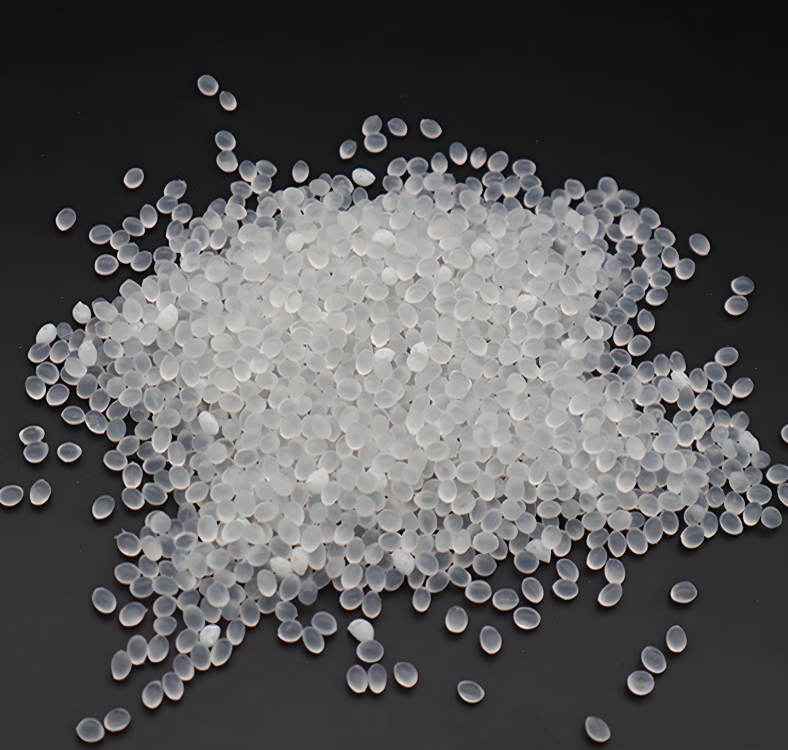In fields such as medical packaging, food containers, and electronic protection, material properties directly determine the market competitiveness of products. From the perspectives of materials science and injection molding processes, this article conducts a comparative analysis of the core differences between PETG (modified copolyester) and PET (polyethylene terephthalate), analyzes how to achieve product upgrades through material innovation and process optimization, and provides implementable solutions.
PETG has a light transmittance of over 90%, surpassing PET's 85%, meeting the requirements of the ISO 11607 "Medical Device Packaging Standard" for non - destructive inspection of contents.
Low - temperature anti - fogging property: PETG remains clear at - 40°C, avoiding the fogging problem caused by PET's crystallization (Case: After a biological reagent bottle manufacturer switched to PETG, the cold chain transportation complaint rate decreased by 67%).
PETG has an impact resistance of 45 kJ/m² (GB/T 1843), which is 5 times that of PET, making it suitable for packaging fragile items. After a certain electronic product shell was injection - molded with PETG, the qualification rate of the 1.5 - meter drop test increased from 78% to 95%.
Low - temperature toughness: PETG maintains a flexural strength retention rate of over 90% at - 80°C, suitable for ultra - low - temperature drug storage scenarios.
Comparison of chemical resistance: PETG can withstand 75% ethanol for more than 500 hours, while PET shows stress cracking after only 200 hours (Test standard: ISO 22088).
Advantages of dual certifications: It has passed the FDA 21 CFR and EU 10/2011 food - contact material certifications and supports ethylene oxide/gamma - ray sterilization processes.

Drying process: PETG requires dehumidifying drying at 80°C for 6 hours (dew point - 40°C), and the humidity should be less than 0.02% (referring to the DIN 53715 standard) to avoid bubble defects.
Temperature - staging strategy:
Feed zone: 220 - 230°C (prevents bridging)
Melting zone: 240 - 260°C (balances fluidity)
Nozzle zone: 255 - 270°C (reduces shear degradation)
Hot runner system: Reduces the melt pressure loss caused by the cold runner (can reduce energy consumption by 15%).
Exhaust groove optimization: Depth 0.02mm + width 5mm (GB/T 4169.11) to solve the problem of insufficient filling in thin - walled parts.
Cost Item | PET | PETG | Optimization Strategy |
Raw material cost | Low | 20 - 30% higher | Process optimization reduces losses by 5 - 8% |
Post - processing cost | Requires annealing | Not required | Reduces the number of processes and shortens the cycle by 12% |
Transportation damage cost | High | 90% lower | Insurance costs are directly reduced by 50% |
Replacement of glass ampoules: PETG injection - molded vials achieve weight reduction (40% weight reduction), pass the USP Class VI biocompatibility test, and a certain pharmaceutical company saves over 2 million yuan in transportation costs annually.
Surgical instrument trays: 0.8mm thin - wall injection molding, no yellowing after gamma sterilization, and has obtained the German TÜV certification.
Oil - resistant containers: In the 60°C accelerated aging test, the light transmittance retention rate of PETG edible oil bottles is 35% higher than that of PET.
Microwave - safe packaging: Passes the FDA 21 CFR 177.1632 certification, can withstand temperatures up to 110°C, and a certain instant food brand's repeat purchase rate has increased by 40%.
High - impact - resistant shells: 2mm - thick PETG shells pass the IK10 anti - collision level test (IEC 62262) and are applied to industrial handheld devices. Translucent components: With a light transmittance of 90% + anti - UV modification, they are used for the display covers of outdoor devices and have a weather resistance of over 5 years (QUV aging test).

Bio - based PETG: Products with a 30% bio - based content have been commercialized (BASF's Ecovio® series), reducing carbon emissions by 18%. Intelligent recycling system: Chemical depolymerization technology has increased the PETG recovery rate to 95% (research results of the Ningbo Institute of Materials Technology and Engineering, Chinese Academy of Sciences in 2023).
In 2023, China's PETG production capacity reached 280,000 tons (Data source: China Plastics Processing Industry Association), and the self - sufficiency rate of the key raw material CHDM exceeded 70% (Technical Annual Report of China Resources Chemical Materials).
Driven by both consumer upgrades and environmental protection regulations, PETG is becoming a strategic material for high - end injection - molded products. Through breakthroughs in materials science and process innovation, we provide high - performance, highly compliant, and cost - effective solutions for the medical, food, and electronics industries. If you need customized technical solutions or sample support, please contact our engineering and technical team.
Data cited in this article comes from:
"2023 Annual Plastic Industry Report" by China Plastics Processing Industry Association
2023 Technical Bulletin of China Resources Chemical Materials Technology Co., Ltd.
SGS Testing Center (Report No.: SHCX23 - 02876)
International Standards ISO 11607, ASTM D1003, etc.
Copyright © 2023 :Worldbound Plasitc Products Co.Ltd